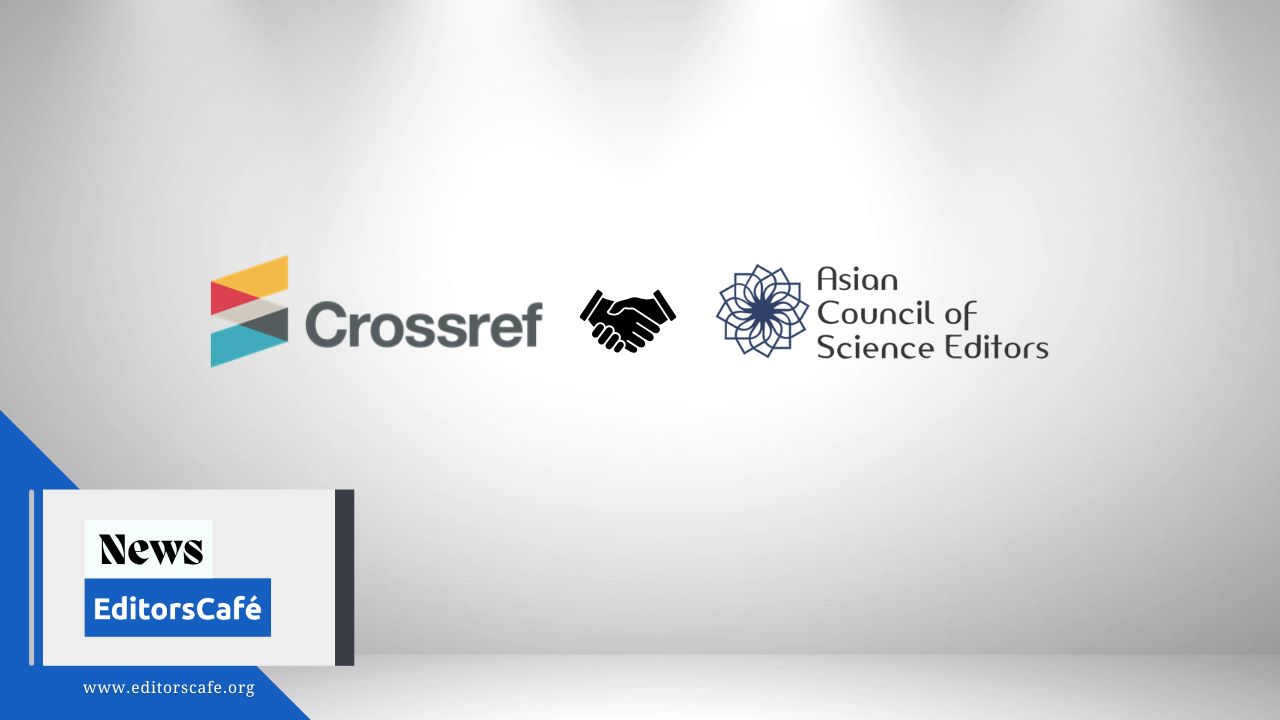The Prestige Dilemma: When Publishing Becomes a Number Game

Dr. Nadia had just received her promotion rejection letter. Her colleagues whispered encouragement, yet she couldn’t shake the feeling: it wasn’t her teaching, research output, or student impact; it was the absence of a Nature or Lancet publication on her CV. Despite years of impactful community-based research in maternal health, she hadn’t crossed the invisible threshold: the Journal Impact Factor.
How Impact Factor Became the Gatekeeper
For thousands of researchers like Nadia, especially in regions like Asia or the Middle East, career advancement is increasingly dictated by where, rather than what, they publish. Hiring panels, grant committees, and even departmental rankings rely on the Impact Factor, an average citation score of a journal, to evaluate individual worth. The irony? This number was never meant to assess people.
Originally designed to help librarians decide which journals to subscribe to, the Journal Impact Factor (JIF) has morphed into a dominant proxy for scholarly excellence. But the simplicity of the metric belies the complexity of research quality. A highly cited review in a medical journal may boost the JIF, while a ground-breaking field study in a niche journal goes unnoticed. This distortion not only misrepresents individual contributions, but it also encourages questionable practices. Some journals strategically increase their IFs by publishing more review articles or coercing authors to cite the journal itself, blurring the line between prestige and performance.
The Hidden Costs of Chasing Numbers
This chase for citations has also led to unintended side effects. In slow-citing fields like philosophy or regional history, scholars are systematically disadvantaged in comparison to fast-moving disciplines like biomedicine. The system doesn’t just skew evaluation, it reshapes behavior. Researchers, especially early-career ones, may steer away from risky or interdisciplinary work to align with the editorial preferences of high-IF journals. It narrows the imagination of academia, rewarding repetition over exploration.
Moreover, the barriers aren’t the same for everyone. For researchers from low- and middle-income countries (LMICs), the climb is steeper. Access to elite networks, publishing fees, mentorship, and institutional backing can significantly influence who gets published where, regardless of the research’s actual value. Impact, in this world, is no longer about contribution; it’s about proximity to the right platforms.
Reimagining Research Assessment
Yet, change is brewing. Institutions and funders are beginning to recognize the need for more inclusive, nuanced ways of evaluating scholarship. Instead of relying solely on journal names, many are experimenting with article-level metrics, like downloads, citations per paper, and even policy citations, to understand how research resonates. Narrative CVs are gaining traction too, offering scholars a way to explain their work’s significance in their own words, not just through metrics. Initiatives like DORA and the Leiden Manifesto are pushing for reform, urging the community to consider the broader value of knowledge creation, including open data, reproducibility, and public engagement.
Some universities have already updated their guidelines, acknowledging outputs like software tools, educational materials, or community engagement alongside publications. These shifts are small but meaningful. They suggest that academia can, if it chooses, prioritize integrity, creativity, and relevance over numerical shortcuts.
What Truly Counts
So, where does that leave researchers like Nadia?
It’s tempting to feel discouraged, but maybe this is a moment to reclaim the narrative. Imagine a world where publishing in a locally impactful journal, leading a grassroots education project, or creating open-source data tools is just as valued as appearing in Nature. Where the diversity of contribution is celebrated, not compressed into a single metric.
A Thought to Leave You With
Perhaps the real question isn’t whether the Impact Factor is good or bad, it’s whether we’re willing to build a culture that sees beyond it.
Keywords
impact factor journal rankings academic careers publication pressure DORA narrative CVs responsible research assessment article-level metrics citation bias research equity research JIF Q1Disclaimer
The views and opinions expressed in this article are those of the author(s) and do not necessarily reflect the official policy or position of their affiliated institutions, the Asian Council of Science Editors (ACSE), or the Editor’s Café editorial team.



